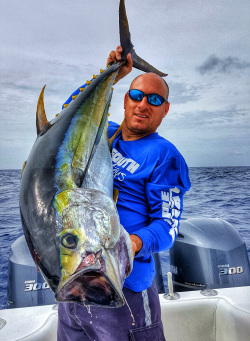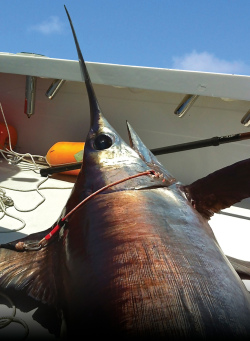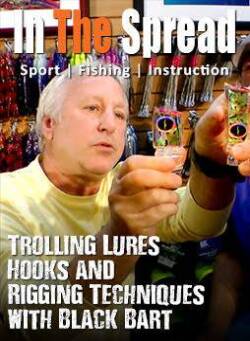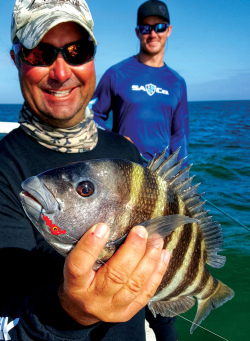In the Indian Ocean off Western Australia, Ross Newton, skippered by Reel Teaser Fishing Adventures, shares his unique approach to switch baiting sailfish in shallow water around reef edges. Their setup is simpler than many top tournament teams, using a daisy chain with birds, squids, and a belly bait. The baits used are garfish or ballyhoo rigged with circle hooks and compact skirts. The video provides a detailed presentation of the unique bait and switch fishing techniques used in western Australia.
Sailfish - Techniques for Switch Baiting
(01:37:36)
Watch Full Video
View Short Trailer
Instructor:
Chris Rushford
Description
/
Review
/
Instructor
Video Summary:
- Sailfish Fishing Location: Contrasts shallow water reef fishing with typical locations like Central America and the Atlantic.
- Bait and Switch Technique: Details the process of switching sailfish attention from teaser to bait.
- Teasers and Spread Setup: Explains the setup of squid chains and belly baits for attracting sailfish.
- Edge Trolling Dynamics: Discusses the challenges and opportunities of fishing in shallow waters near deep ocean areas.
- Innovative Techniques: Introduces less common methods like using stick baits for sailfish.
- Rigging Tutorials: In-depth guidance on rigging ballyhoo and belly baits, focusing on preservation and effectivenes
Login
to leave a review.
User Reviews

Robert
09.05.2024
0
We Recommend
0




